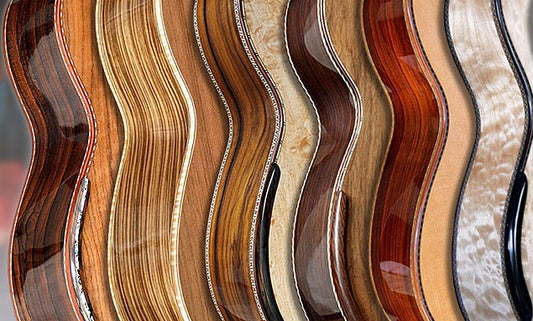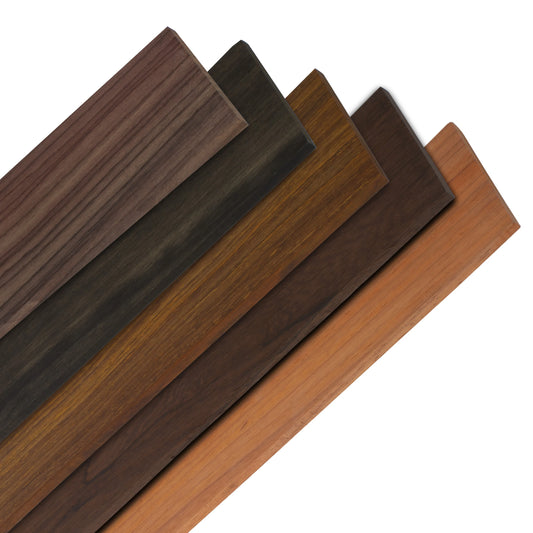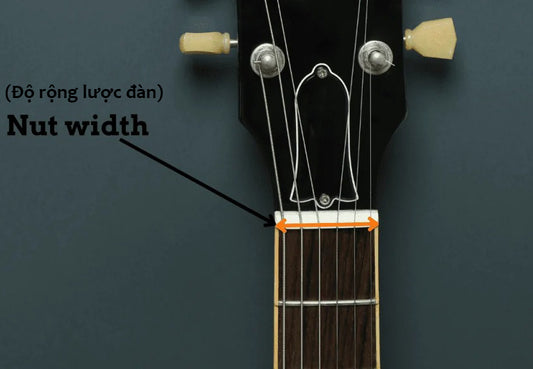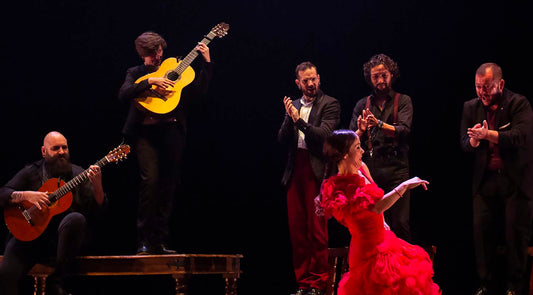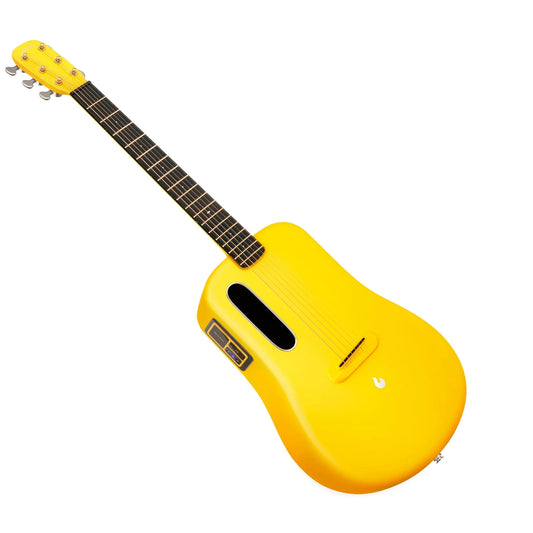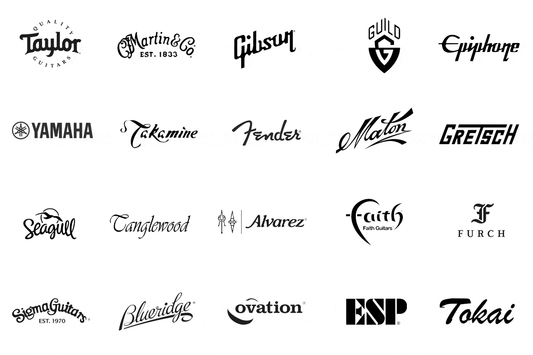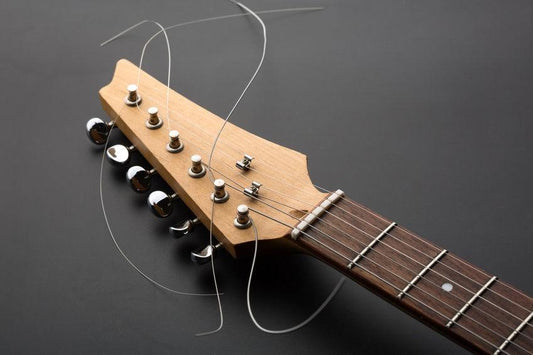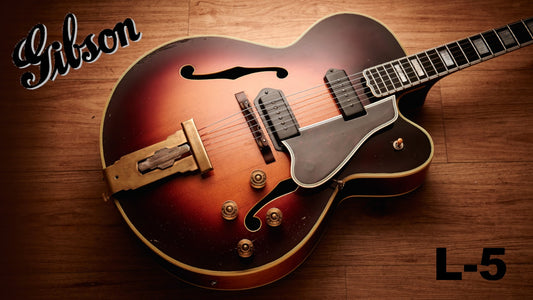
11 Greatest Flamenco Guitarists
The flamenco guitar is an important instrument in the flamenco music genre. Flamenco is considered a form of expression through music, dance and guitar. This instrument is lighter than a traditional guitar due to the posture that guiatr flamenco players must use to play. Its sound is also softer so as not to mask the usual vocals that accompany it. Flamenco has a rich history and a fascinating story. Its musicians are no different. Here we take a look at 11 of the greatest and most famous flamenco guitarists in history. Start.
Paco de Lucia
Born Francisco Gustavo Sánchez Gómez in 1947, Paco de Lucía is considered a visionary of Spain's flamenco. People say he is a talented musician. Lucia plays flamenco guitar, composes music and produces many albums.
He is known for his versatile style of playing on the flamenco guitar, including quick-handed picados. Throughout her career, De Lucía has performed with a trio, a six, and an orchestra.
De Lucia is honored in Spain, a statue resembling him and a Madrid metro line bear his name. Music historians even consider him an important part of flamenco's evolution into Latin jazz fusion of the 1970s.

Tomatito
José Fernández Torres, known by his stage name Tomatito, is a flamenco guitarist and musician, whose career has spanned more than four decades.
Tomatito was discovered by flamenco guitarist, the first flamenco guitarist on our list, Paco De Lucía, who worked with him and singer Camarón de la Isla for the first two decades of his career. me.
He has won several Latin Grammy Awards, some for his collaborative efforts with artists Michel Camilo and de la Isla, others for his solo work. Two of Tomatito's six solo albums, Paris 87 and Aguadulce, won the Latin Grammy Award for Best Flamenco Album.

Vicente Amigo
Vicente Amigo, Spain-born flamenco guitarist and musician, full name Vicente Amigo Girol, is best known for accompanying famous flamenco artists of the 1980s, such as El Pele, Luis de Cordoba and Camarón de la Isla.
An interesting fact about Amigo is that he performed almost exclusively in concerts for three years before releasing his first solo album in 1991. This helped him launch an even more successful solo career.
The 2001 Latin Grammy Award for Best Flamenco Album for Ciudad de las Ideas, and the 2002 Ondas Award (among other nominations) cemented his place as one of the best guitarists. in the village of flamenco.
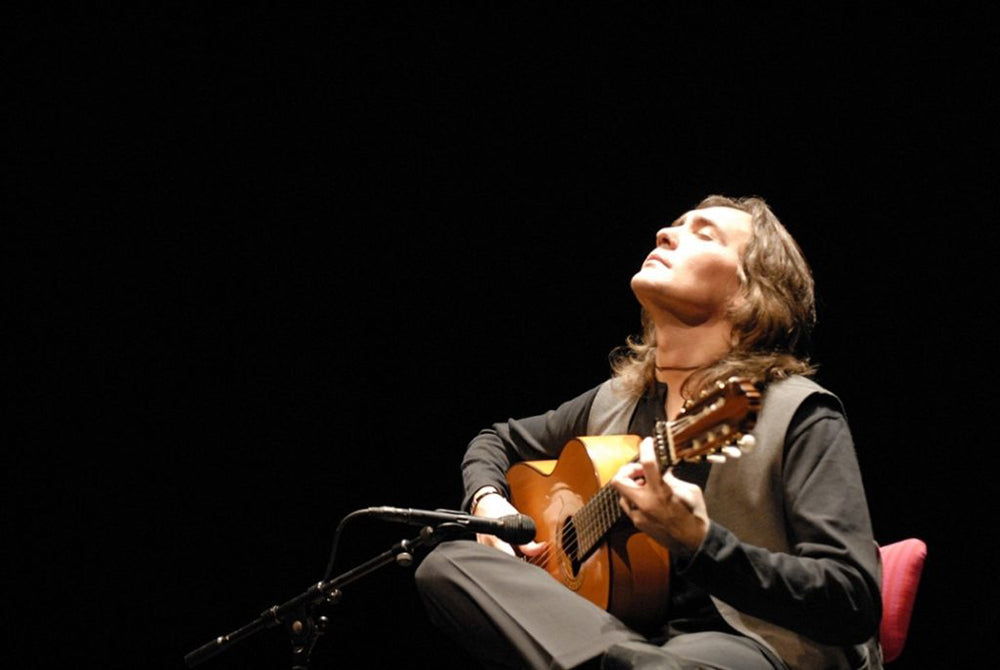
Jesse Cook
Our next guitarist, Jesse Cook, stands out from the other flamenco artists on this list because his flamenco style is so unusual. A fusion of world music and jazz, his flamenco takes on variations and is classified as rumba or new flamenco.
With a passion for modern music all over the world as well as traditional sounds, he set out to create his own mixes that captured the world's attention, earning him a silver award in the category. Flamenco of Acoustic Guitar Magazine's 2009 Voting Awards.
While he's not really traditional in any sense when it comes to the genre, Cook has left his mark with his style innovation and music industry success.
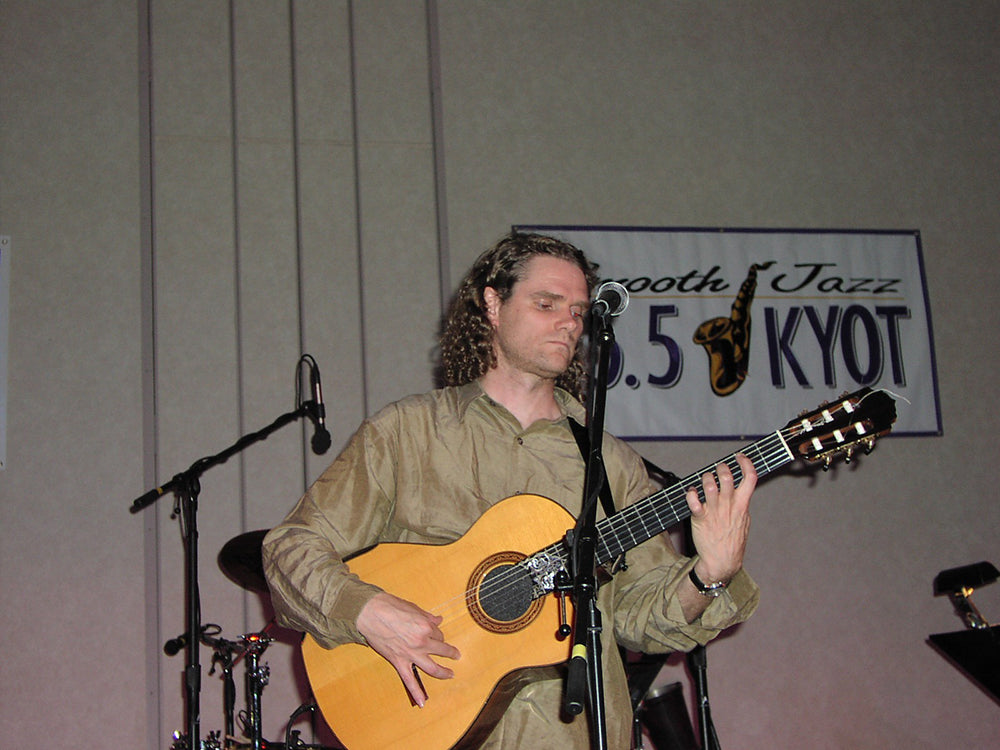
Carlos Montoya
During his lifetime, Carlos Montoya left a big mark on the world of flamenco. Historians consider him the founder of the famous modern flamenco genre.
Born in Spain, Montoya learned traditional flamenco from his uncle, Ramón Montoya, and other neighbors he grew up with. He later moved to the United States, experiencing much success in music there becoming a US citizen.
One interesting thing about Montoya's playing style is that it doesn't follow the traditional tempo of flamenco music. It is known for its faster tempos, sometimes abandoning flamenco's traditional compás (rhythmic cycle) altogether, which has caused much controversy among traditionalists.

Armik
Armik, an Iranian-born flamenco guitarist, is recognized by many professionals in the profession as a genius. He started learning guitar when he was 7 years old and before he turned 15 he became a professional recording artist. In the 1970s, he became aware of the flamenco guitar and focused on that instrument instead of the traditional guitar, prompting him to move to Los Angeles to pursue his passion for the genre.
His first album was released in 1994, and since then he has released many albums, the most recent being in 2021.
Armik's influence on flamenco music is widely known for its sophisticated style combined with jazz and classical sounds — a departure from traditional flamenco.

Sabica
Sabicas, whose real name is Agustin Catstellom Campos, is a Spanish flamenco composer and guitarist best known for introducing flamenco to the world.
He brought flamenco music to the world by composing amazing works of art for the public to enjoy in concert halls and various events.
Historians consider Sabicas a man with impeccable note recognition, an extremely difficult feat to achieve, and his lightning speed and arpeggios are legendary.
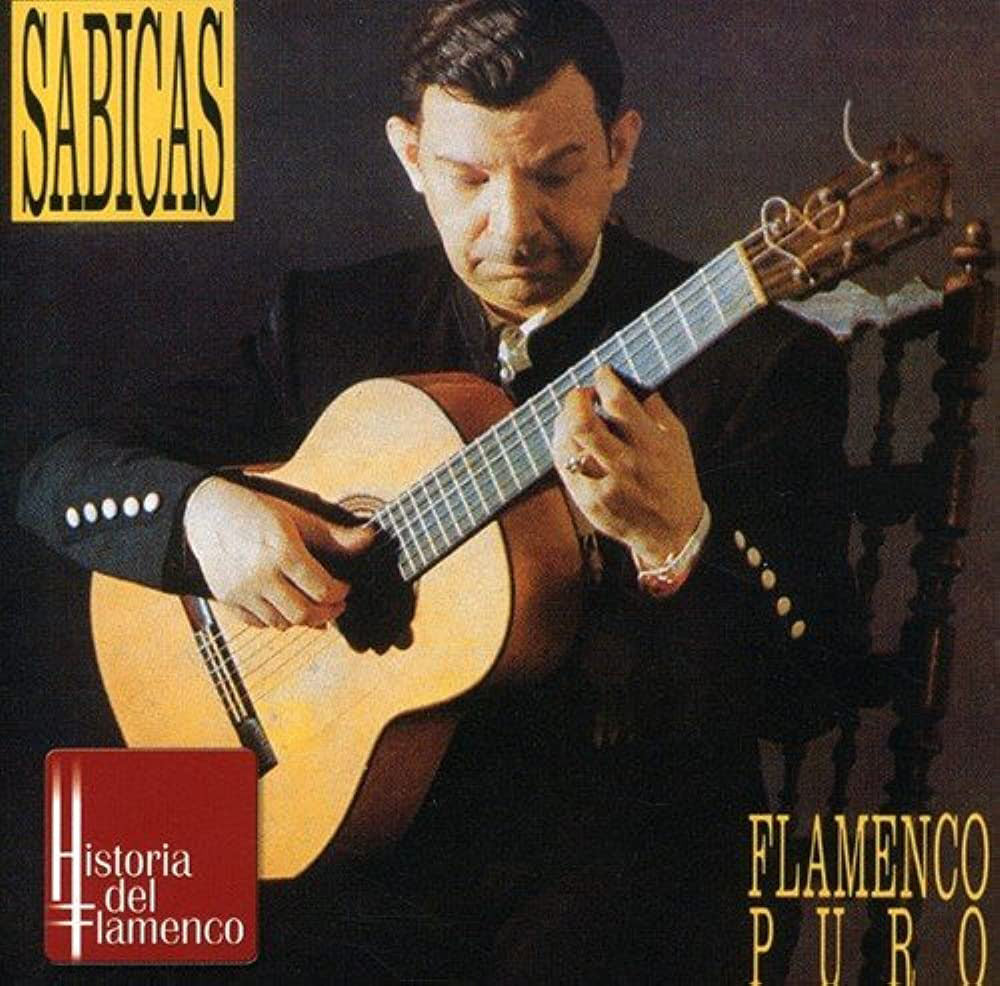
Manitas de Plata
Guitarist Manitas de Plata was born in France, he became famous when he performed at a concert at Carnegie Hall, his first album was released in 1967.
Tours and recordings expanded de Plata's music and popularity to many parts of the world, from London to Australia. Although he is known for not being interested in traditional flamenco compás when creating his own sound, he has gained a huge following.
De Plata's legacy extends beyond his impressive flamenco guitar skills. He is the uncle of members of the Gipsy Kings, a Catalan Rumba band. He also has many family members who are famous flamenco musicians, including his brother and two sons.

Juan Martin
Juan Martin, the author of famous books on how to play the flamenco guitar, and also a notable flamenco guitarist, was born in Spain and started learning guitar at the age of 6.
His flamenco guitar career began when he was in his twenties in Madrid. Then he started playing for clubs all over Spain. Martin later settled in London to focus his career there and continue to compose, with an impressive album spanning from 1974 to 2009.
Currently Martín focuses on education, teaching new flamenco guitar players. He has written instruction books on flamenco guitars and pieces for practice.

Pepe Romero
Pepe Romero, a famous guitarist, is the son of the famous guitarist and composer Celedonio Romero. While his father was known for his classical guitar music, Pepe is known for his skills in playing both flamenco and classical guitar.
In 1957, Pepe left his native Spain to move with his wife and children to the US and pursue a music career. He is most famous as a member of the Romero Guitar Quartet, which his father founded shortly after they immigrated to America.
With the group, Pepe has become famous in American culture. During his career, he recorded more than 60 albums and also became a music teacher at many universities in California.

Ramon Montoya
Born in 1880, Ramón Montoya is the oldest person on this list, and possibly an influence on many of the flamenco guitarists here, as well as others not yet mentioned. He is credited for helping to develop the styles of palos, the traditional flamenco songs we know today.
At his time, the flamenco guitar was used as an accompaniment. As a powerful guitarist, Montoya's play often overwhelms the sound of the main performers and any vocals.

His solution was to start performing solo, through establishing the role of flamenco guitar and influencing many of the famous solo performers who followed in his footsteps, such as Manitas de Plata and Sabicas.
